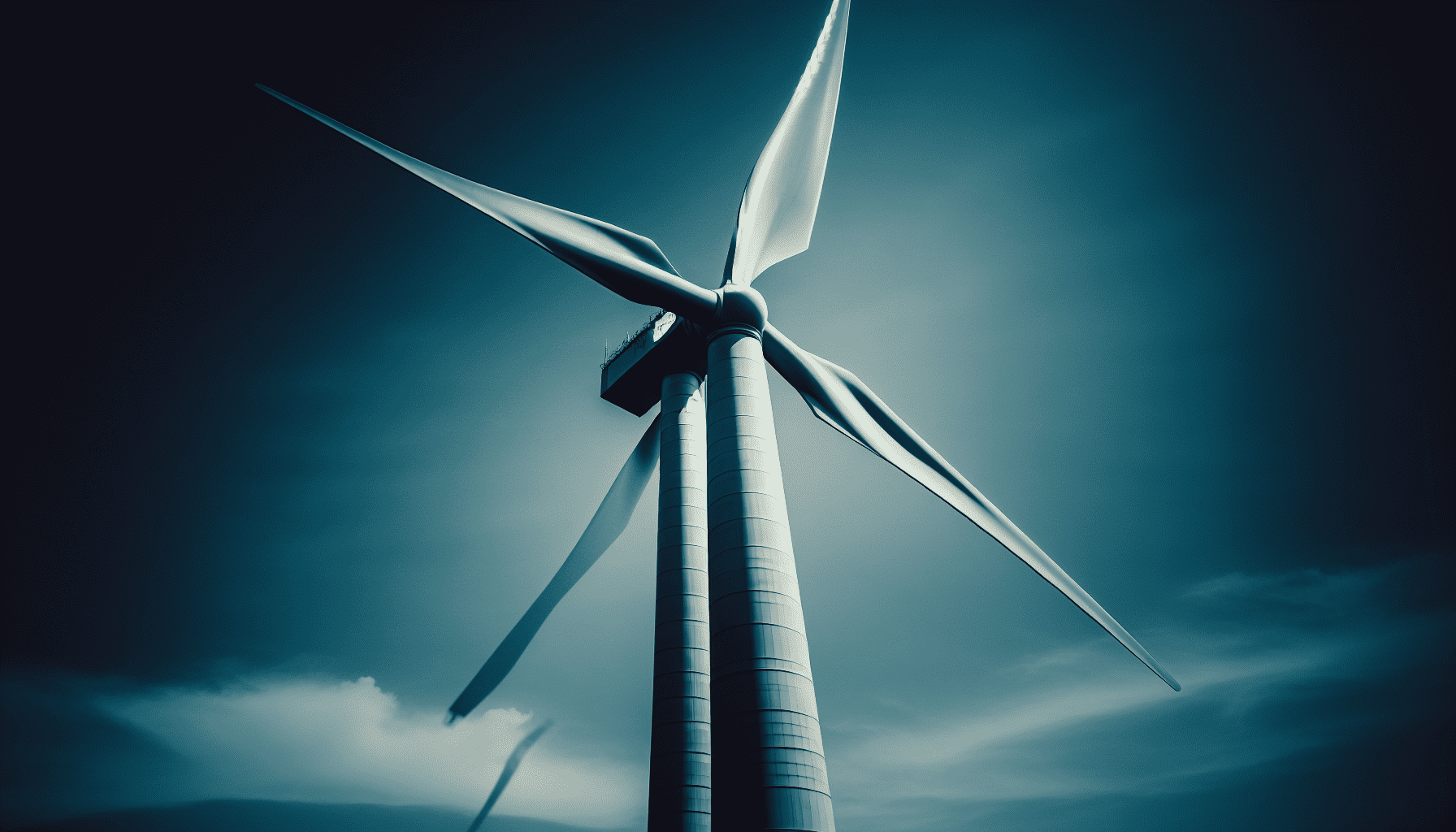Wind turbine technology has seen remarkable advancements in recent years, driven by the urgent need for sustainable energy solutions and the desire to increase efficiency and performance. As the world shifts towards more eco-friendly power sources, the development of cutting-edge wind turbine designs plays a crucial role in supporting this transition.
One of the most significant innovations in wind turbine technology is the development of larger and more efficient blades. Advances in materials science have allowed engineers to design blades that are not only more durable but also lighter and more aerodynamic. These improvements lead to higher energy capture and better performance even in locations with variable wind conditions. For instance, carbon fiber composites and advanced design techniques have significantly reduced the weight of turbine blades, allowing them to reach greater lengths without compromising structural integrity.
Another breakthrough in wind turbine technology is the integration of smart systems and data analytics. Modern turbines are now equipped with a range of sensors and IoT devices that continuously monitor performance and environmental conditions. These smart systems allow for real-time data analysis, enabling operators to optimize performance, predict maintenance needs, and reduce downtime. This predictive maintenance capability not only enhances the reliability of the turbines but also extends their operational lifespan, making wind energy a more cost-effective solution.
Offshore wind farms have also benefited from technological advancements. Floating wind turbines, for example, have opened new possibilities for harnessing wind energy in deeper waters where traditional fixed-bottom turbines are impractical. These floating platforms are anchored to the seabed and can operate in areas with stronger and more consistent winds, significantly boosting energy output. Additionally, the use of subsea cables and innovative mooring systems has improved the stability and viability of offshore installations.
Moreover, the coupling of wind energy with energy storage solutions is a growing trend aimed at mitigating the intermittency issue associated with renewable sources. Large-scale battery systems and pumped hydro storage are being deployed alongside wind farms to store excess energy during peak production times. This stored energy can then be released during periods of low wind activity, ensuring a steady and reliable power supply. This hybrid approach enhances the overall efficiency and appeal of wind energy as a sustainable resource.
The future of wind turbine technology is also set to benefit from artificial intelligence and machine learning. These technologies have the potential to revolutionize how wind farms are designed, operated, and maintained. By analyzing vast amounts of data, AI systems can optimize turbine positioning, enhance aerodynamic efficiency, and even predict future wind patterns with greater accuracy. Such capabilities could further reduce operational costs and increase the energy yield of wind farms.
In conclusion, the advancements in wind turbine technology are a testament to the innovation occurring within the renewable energy sector. By improving the design, efficiency, and integration of wind turbines, these technologies not only contribute to a reduction in carbon emissions but also pave the way for a more sustainable and resilient energy future. As these technologies continue to evolve, wind energy will undoubtedly play a pivotal role in the global transition to clean energy.
